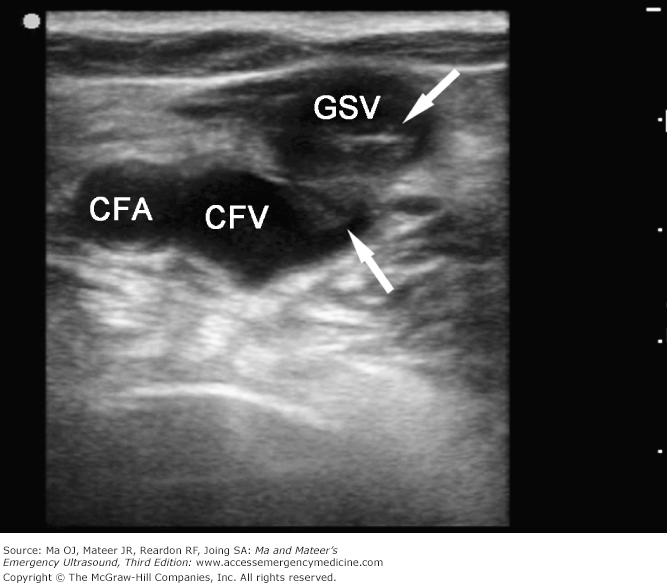[ad_1]
All hospitals — regardless of size — are struggling to realize the change to value-based care. Most are stuck on the platform, with only 10% of hospitals having a majority of their payer contracts reflecting value-based reimbursement models, like shared savings, bundled payments or capitation.
Increases in U.S. healthcare spending continues to outpace other developed countries. The value-based payment models attempt to improve efficiency and tie the quality of care to payment. Even with the reluctance to jump on the train, there have been some significant advances in 2018:
- UnitedHealthcare’s bundled payment program for joint replacement has cut readmission rates by 22%.
- Pennsylvania’s Medicaid program began value-based reimbursements covering all 67 counties for their managed behavioral health organizations (MHBOs).
So, how do industry leaders accelerate the drive toward value-based care?
46% of health care leaders expect value-based reimbursements to increase the margin of profitability, according to a 2018 poll by KPMG. With the strategic innovations that are required to make what is expected a reality, it’s clear that healthcare leaders must master new skill sets.
But there’s also a bigger picture to consider, which spans all departments, while still balancing financial responsibilities.
Optimize Margins as Revenue Drops
There is an increase of pressure on hospitals to reduce inpatient volumes and readmission. Proposed hospital reimbursement changes included in CMS’ Outpatient Prospective Payment System rule for 2019 would likely further ding hospital margins, according to a Moody’s Investors Service report.
Meeting value-based goals requires hospitals to reduce utilization among their populations, therefore reducing their procedure volume and revenue in the short run. To minimize the financial strain, leaders are focusing on readiness—and that includes payers, providers and patients.
Having no set time frame for how long the transition will take is an uncertainty that plagues many organizations, but here are some ways to start preparing if you’re not already in the thick of it.
- Relationships with payers need to be strong and built on trust by delivering results on your current fee-for-service contracts. This ensures positive development and cooperation when the time comes for risk-based contracting.
- Focus on technology implementation; it’s essential to gather the most relevant information and analyze/adapt medical services so the proper outcomes can be achieved. This is the only way the complexities of value-based care can take off and be sustainable organization-wide.
- Revenue cycle management is most critical — you must work to improve efficiency to demonstrate your organization’s ability to successfully execute value-dependent payments. It’s like introducing a new variable to a formula and you have to balance the equation.
Understand the Relationship Between Patient Experience and Financial Results
Value-based reimbursement impacts your providers, payers, and patients, but don’t forget about the fourth “P” word — your people.
Creating the right culture and cultivating your talent is what will set your organization apart. Assess your staff for the right skills needed for value-based reimbursement which include:
- A focus on patient experience
- Motivation to achieve outcomes
- Technology skills to use and analyze data effectively
Ensure you are attracting the best talent to stay competitive in your market. If you lack the internal resources to accomplish this or your market simply does not produce this talent, an outside revenue cycle management firm may help in developing your employee’s skill sets in the above areas.
Understanding the relationship between patient experience and financial results is essential at every level of the organization. Educating front-line staff will help create value for patients and payers alike. Keeping perspective on the strategic execution of the value-based initiatives keep all staff focused on the high-level priorities and goals that are outlined in the plan.
For revenue cycle leaders project planning is useless unless it is grounded in implementation details—this includes where to obtain the needed resources and how they will be managed.

Track Quality Measures Through Analytics
CMS has standardized quality measurements for the hospital, home health and other care settings, and because Medicare makes up around 30% of most provider’s net revenue it’s dually important to adhere to reporting those quality measures accurately.
That’s not all payers and providers have to look at when it comes to effectively measuring quality and outcomes. Where it gets complicated is that almost every individual payer has a unique set of measurements required from providers, and the specifics across payers do not align well. This results in hospitals adapting their technology to be able to home in on what each payer wants to be measured and extract that data.
Each payer has goals and priorities about what quality healthcare means for their members, and because this is all relatively new the attempt to standardize measurements among payers hasn’t really been coordinated aside from a few exceptions.
On top of this, providers have another set of measurements and quality drivers that are used internally to prioritize their strategic focus. The reason for all of these efforts is to lower costs and improve care for patients, but between regulatory reporting, payers and providers it ends up being a complex and time-consuming situation.
The takeaway for healthcare leaders who want to begin simplifying this reporting process means:
- Creating a solid definition of what quality is and then deciding what factors and data need to be used to measure it.
- Current systems are often good at collecting lots of data, but more time should be spent distributing it and analyzing it internally among departments.
- Invest in an analytics infrastructure to overcome these challenges
The Bottom Line
In the evolution of the healthcare industry, we have come to a crossroads—some hospitals will not be able to step off of the proverbial platform and move progressively forward on the train to fully establish value-based care—like effectively manage shared savings programs—and those organizations will ultimately be left behind.
For leaders who are trying to get aboard the train, considering the above steps will bring you closer the major goals like:
- Managing shared savings programs
- Reducing readmission rates
- Understanding population health
- Improving quality measures through analytics
- Lowering operating costs
This will be an ongoing, difficult process, but it’s worth it to efficiently deliver outstanding care to your patients.
Learn more about How 3M is using AI to reduce tech burdens in the revenue cycle process
[ad_2]











